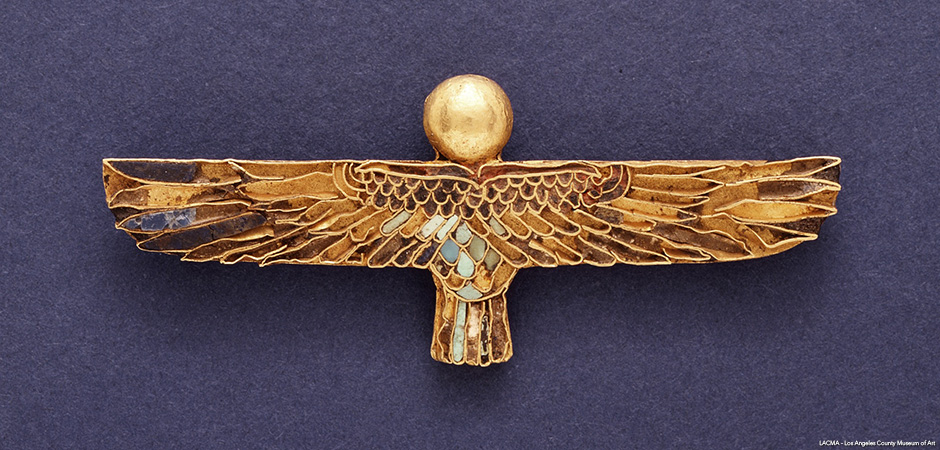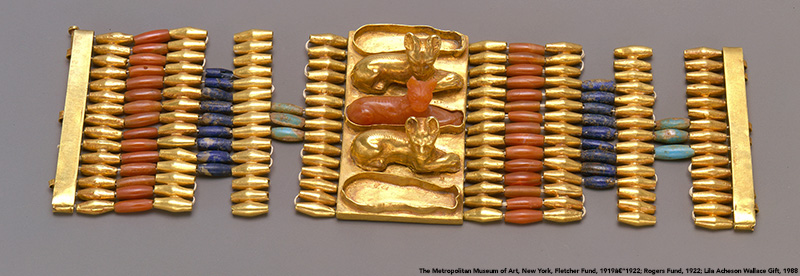
Ancient Egypt’s pyramids, mummies, and artifacts have long fascinated the world. Recently, new scientific technology has allowed experts to take a closer look at the tomb of Queen Hetepheres I, one of Egypt’s most important queens. The research has revealed some exciting new information about how metal jewelry was made in ancient Egypt. The research has also led to new ideas about what ancient trade routes might have looked like. Here, btw takes a closer look.
A Famous Discovery
In 1925, the tomb of Queen Hetepheres I (c. 2589-2566 BCE) was discovered by scientists from Harvard University and the Museum of Fine Arts. Hetepheres was one of the most important Egyptian queens. She was the wife of Pharaoh Sneferu, a fourth Dynasty king who reigned from 2589-2566 BCE. Her son, Pharaoh Khufu, built the Great Pyramid at Giza. Her tomb was the richest one ever discovered at that time, full of furniture, gold, and jewelry.
The material found in Queen Hetepheres tomb included a wooden box covered with gold sheeting and marked with hieroglyphics. Inside the box were twenty “deben-rings,” or bracelets. These bracelets are intricately decorated with gemstones. These include turquoise, lapiz lazuli, and carnelian inlay in the shape of insects. But more intriguing was that the bracelets are made of silver with traces of copper, gold, lead, and other elements. The use of silver in the bracelets was puzzling, because silver is not a metal that was found in ancient Egypt. The find is especially rare because very little royal jewelry exists from that era. This is the first record of silver in Egypt from before the Middle Bronze Age.) In fact, this discovery represents the world’s largest collection of silver artifacts from early Egypt, which is an indicator of Hetepheres’ great wealth and royal privilege.

An Ancient Tomb Meets Modern Technology
Recently, experts led by Karin Sowada of Macquarie University in Sydney, Australia, have studied the bracelets again for the first time in decades. Scientists have been able to analyze the bracelets using a scanning electron microscope. This technique helps scientists understand how the bracelets were made and what they were made of. They determined that the metal was hammered and frequently cooled. This process is called annealing. Then the bracelets were mixed with gold to make it easier to shape and to improve the appearance of the bracelets.
More importantly, this research also reveals the likely origin of the silver in the bracelets. The scientists compared lead isotope ratios in the bracelets to similar ratios from metals in other parts of the world to discover a possible source for the minerals. Up until now, it was believed that the silver must have come from local sources within Egypt, probably mixed with gold. But this new analysis leads scientists to the surprising discovery that the silver may originate from the Lavrion mines in Attica, or from the Cyclades (a group of Greek islands on the Aegean Sea). The lead isotope ratios in the bracelets match with those of ores from these areas. The silver probably came through the port of Byblos on the Lebanese coast. If correct, the bracelets are the earliest evidence that Egypt must have traded long-distance with Greece as far back as the pyramid-building era.
The bracelets are currently housed at the Museum of Fine Arts in Boston.
